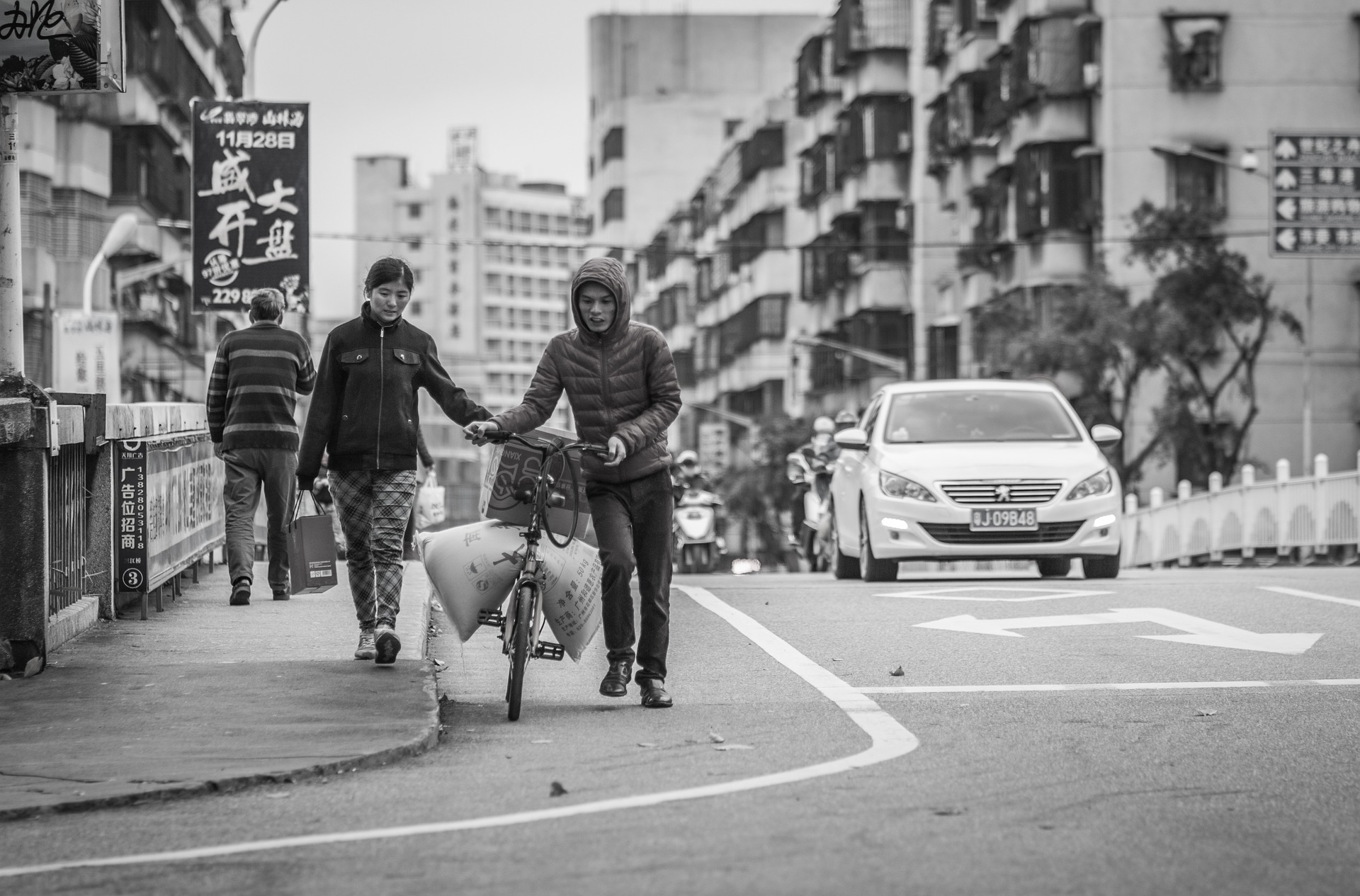The Only Guide for Street Photographers
Table of ContentsThe Main Principles Of Street Photographers The Buzz on Street PhotographersLittle Known Questions About Street Photographers.Little Known Facts About Street Photographers.The smart Trick of Street Photographers That Nobody is Discussing
A genre of digital photography that documents daily life in a public place. The very publicness of the setting allows the photographer to take honest images of strangers, frequently without their knowledge. Road digital photographers do not always have a social function in mind, but they favor to isolate and capture minutes which might otherwise go unnoticed (Street Photographers).He was influenced by several of those that influenced the road professional photographers of the 1950s and '60s, he was not primarily interested in catching the spirit of the street. The impulse to visually record people in public started with 19th-century painters such as Edgar Degas, douard Manet, and Henri de Toulouse-Lautrec, who worked side by side with digital photographers trying to catch the significance of metropolitan life.
As opposed to Atget, digital photographer Charles Marville was hired by the city of Paris to produce an encyclopaedic paper of Haussmann's city preparation job as it unravelled, hence old and brand-new Paris. While the photographers' subject was basically the exact same, the outcomes were markedly different, showing the effect of the professional photographer's bent on the character of the images he produced.
Given the fine quality of his photos and the breadth of product, engineers and musicians often got Atget's prints to make use of as reference for their very own job, though industrial interests were barely his main motivation. Instead, he was driven to photograph every last remnant of the Paris he liked.
Little Known Facts About Street Photographers.
They expose the city via his eyes. His work and fundamental understanding of photography as an art kind worked as motivation to generations of digital photographers that adhered to. The next generation of road professional photographers, though they likely did not refer to themselves because of this, was introduced by the photojournalism of Hungarian-born digital photographer Andr Kertsz.
Unlike his peers, Brassa utilized a larger-format Voigtlnder camera with a longer exposure time, compeling him to be much more computed and thoughtful in his practice than he could have been if using a Leica. (It is assumed that he might not have had the ability to afford a Leica at that time, yet he did, nevertheless, use one in the late 1950s to take colour photos.) Brassa's pictures of the Paris underworld illuminated by man-made light were a revelation, and the compilation of the series that he published, (1933 ), was a significant success.
Cartier-Bresson was a champion of the Leica cam and among the initial professional photographers to optimize its abilities. The Leica allowed the professional photographer to interact with the surroundings and to record moments as they occurred. Its reasonably small dimension also assisted the professional photographer discolor into the history, which was Cartier-Bresson's recommended strategy.
Street Photographers Fundamentals Explained
It is as a result of this fundamental understanding of the art of picture taking that look here he is frequently credited with discovering the tool around once again approximately a century since its invention. He took pictures for greater than a half century and influenced generations of professional photographers to trust their eye and instinct in the moment.
These are the questions I will try to answer: And after that I'll leave you with my very own meaning of street photography. Yes, we do. Let's start with specifying what a meaning is: According to (Street Photographers) it is: "The act of defining, or of making something certain, distinctive, or clear"
No, most definitely not. The term is both restricting and misleading. Appears like a road photography must be images of a roads best?! And all road professional photographers, with the exception of a handful of outright novices, will totally value that a street is not the key part to street photography, and in fact if it's a photo of a street with perhaps a few boring individuals doing nothing of passion, that's not road digital photography that's a picture of a road.
Street Photographers Things To Know Before You Buy
He makes a legitimate factor do not you think? While I agree with him I'm not sure "candid public digital photography" will certainly catch on (although I do kind of like the term "honest digital photography") because "street photography" has actually been around for a lengthy time, with many masters' names attached to it, so I believe the term is right here to remain (Street Photographers).
Inside?! I hear you shout as directory you shake your fist to the skies. Why not? You can fire at the coastline, at an event, in a street, in a park, in a piazza, in a cafe, at a museum or art gallery, in a metro station, at an event, on a bridge, under a bridge ...

Some Ideas on Street Photographers You Need To Know
